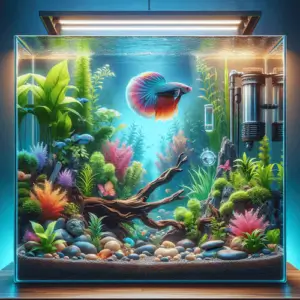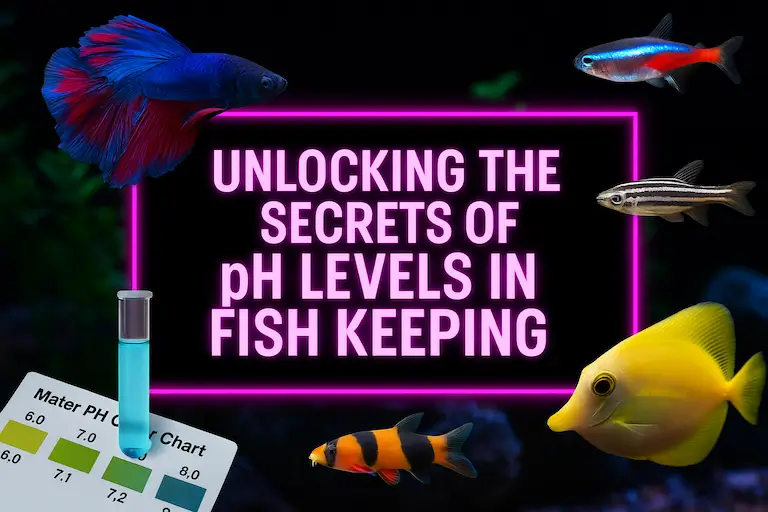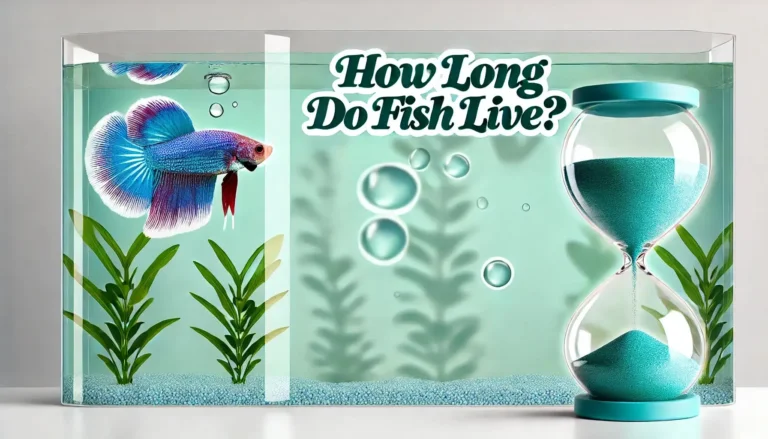Here Are 6 Essential Things You Need To Keep Seahorses In Captivity
Seahorses are undeniably enchanting creatures, with their distinctive horse-like heads, prehensile tails, and graceful floating movements. They can transform an aquarium into a piece of living art, mesmerising anyone who lays eyes on them. However, before you decide to bring these aquatic marvels into your home, there are several critical factors to consider. Here’s what you need to know:
1. Specialised Care and Habitat
Seahorses require a very specific environment to thrive. They are not suited for a general community tank and do best in a species-specific aquarium. The tank needs to be tall rather than wide, as seahorses prefer to swim vertically and need structures or plants to latch onto with their prehensile tails. The water conditions—temperature, pH, and salinity—must be meticulously maintained, as seahorses are sensitive to changes in their environment.
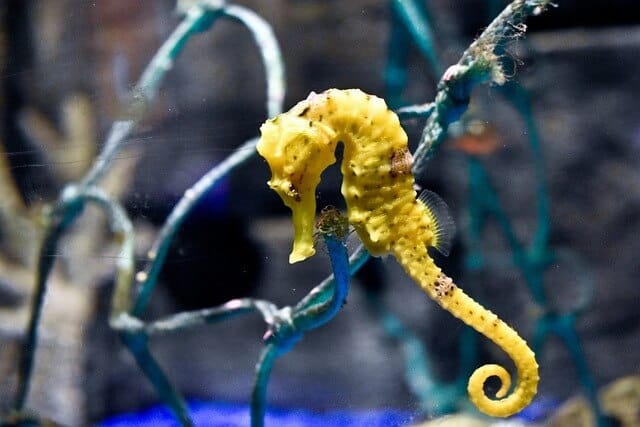
2. Diet and Feeding
Seahorses have a unique feeding mechanism and eat almost continuously. They are carnivorous, preying on live food like brine shrimp, copepods, and mysid shrimp. Unlike many other fish, seahorses do not have stomachs, so food passes through their digestive systems quickly. This means they need to be fed frequently, usually 2-3 times a day, making their dietary needs more demanding than those of many other aquarium inhabitants.
3. Slow and Peaceful
Seahorses are slow-moving and can easily be outcompeted for food by faster, more aggressive fish. This means they should only be housed with other peaceful and slow-moving species. Their tranquil nature also makes them highly susceptible to stress, which can lead to illness. Ensuring a peaceful environment is crucial for their well-being.
Related Articles:
- Dragon Sea Moths: The Camouflaged Creepsters
- Rare and Unusual Marine Invertebrates for the Advanced Reef Keeper
- Understanding Mollusks: Top 10 Mollusks for Your Reef Aquarium
- How to Keep a Mandarin Dragonet in Your Reef Aquarium: A Beginner’s Guide
- Exploring the Crucial Role of Microfauna in Reef Tanks
4. Breeding and Reproduction
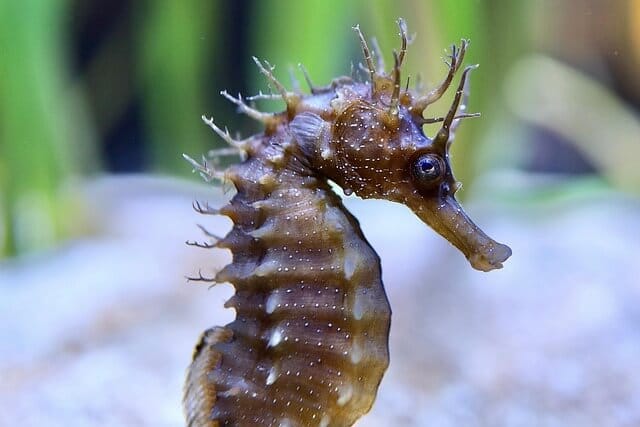
5. Health Issues
Seahorses are prone to a variety of health issues, including bacterial infections, skin parasites, and digestive problems. Their unique anatomy makes treating these issues more challenging than in other fish. A well-maintained tank and proper nutrition are the best defences against health problems, but owners should be prepared to seek specialised veterinary care if necessary.
6. Conservation Status
Many seahorse species are threatened by overfishing, habitat destruction, and the aquarium trade. It’s essential to source seahorses from reputable breeders or suppliers who practice sustainable and ethical breeding methods. Supporting conservation efforts and choosing captive-bred seahorses can help ensure the survival of these magical creatures in the wild.
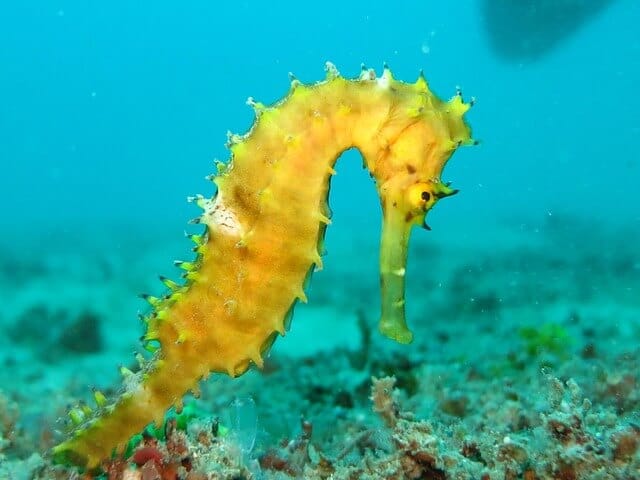
Conclusion
Seahorses are not beginner pets and require a dedicated and knowledgeable owner prepared for the challenges they present. However, for those willing to invest the time, resources, and care, seahorses offer a unique and deeply rewarding experience. Their serene beauty and fascinating behaviours can bring a touch of underwater magic into your home, making all the effort worthwhile.


